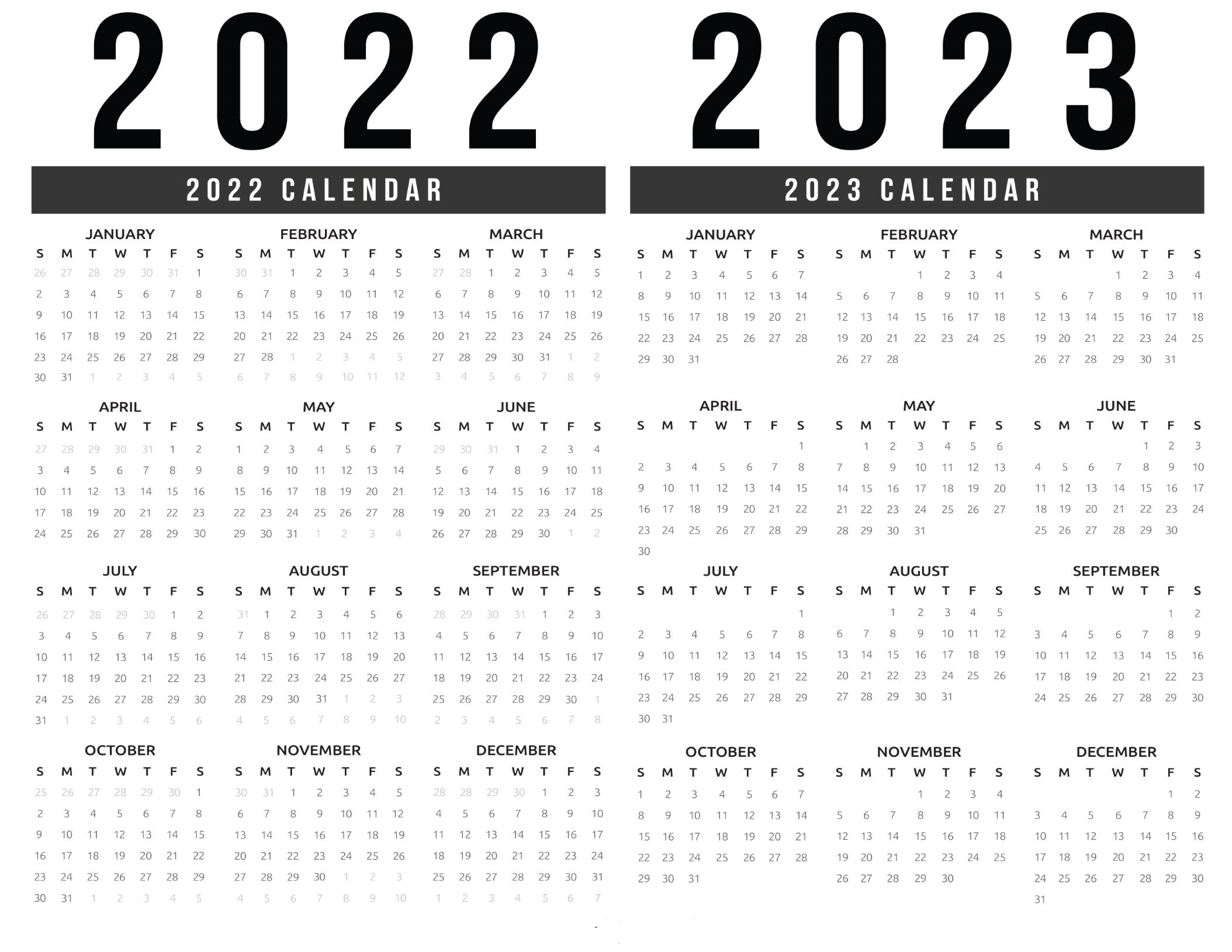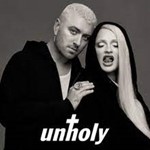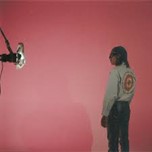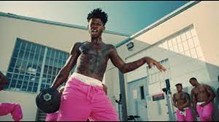Understanding why these songs were big in 2022 will help you program effectively in 2023

If some expert tells you new music is dead, they’re looking at the numbers, but they’re not listening to the songs.
For the last few years, I’ve started each new year examining Billboard’s Top 100 Songs of the past year and bringing notable trends to your attention—usually involving charts and graphs.
Somehow, the real stories of 2022’s most noteworthy hits aren’t PowerPointable. The biggest lessons are in the lyrics, the music, and the stories of the artists who created them.
To help you understand where popular music is headed in 2023, here are five of 2022’s biggest hits that reveal the most important trends in new music.
1) Numb Little Bug – Em Beihold – #32 for 2022

Historically, popular music discussed mental health either as a romance metaphor (falling in love is, after all, a mental disorder) or to brag of nonconformity. “Numb Little Bug” by Em Beihold takes a musically forgettable adult-pop trifle and makes it a revolution by candidly discussing depression and burnout.
Music has always shared our deepest emotions. However, you’d be hard pressed to find a song that addresses psychiatric medication—at least the legal, medically supervised kind.
“The prescription’s on its way with a name I can’t pronounce. And the dose I gotta take, boy I wish that I could count.”
A far cry from The Eagles’ approach to mental health.
The pandemic has simultaneously caused many of us to personally face mental health challenges while also making it far more socially acceptable to discuss those challenges openly. (My wife is a clinical therapist. Her agency isn’t facing any RIFs.)
Other big hits demonstrate a growing awareness of mental health jargon, from the therapist Olivia Rodrigo found for her ex on “Good 4 U” (“she really helped”), to Taylor Swift’s “Anti-Hero” referencing covert narcissism, a bona fide DSM-5 diagnosis.
“And I just want to see if you feel the same as me?”
Yes, Em, you’re not alone. A lot of us are “hanging by a thread,” but “somehow have to survive.”
2) Unholy – Sam Smith & Kim Petras – #98 for 2022*

As Chris Molanphy noted in his Why Is This Song No. 1 column for Slate, “Unholy” is the first Billboard Hot 100 chart-topper from an openly transgender artist, Kim Patras, as well as from a non-binary artist, Sam Smith.
If you only read the lyrics, you’d assume “Unholy” was about a cisgender husband having a heterosexual affair—and his wife is not down with open marriages.
With echoes of Sylvester or the Skatt Bros intertwined with a 2010 style EDM beat, it’s the music of “Unholy” (as well as the video) that throws ambiguity into the gender and sexual orientation of the body shop’s patronage.
This chart accomplishment is most noteworthy, though, because of how utterly unnoteworthy it is.
Just 15 years ago, Katy Perry objectifyingly kissed a girl and liked it. A mere decade ago, “Macklemore and Ryan Lewis’ “Same Love” took courage.
The mistreatment of Stonewall Inn is by no means in our distant past. But for today’s young musical tastemakers, there simply is no longer an expectation that songs conform to a cisgender heteronormative narrative. For further evidence, reference: Lil Nas X’s “MONTERO (Call Me By Your Name)”
*Debuting late in Billboard’s chart year, “Unholy” was only the 98th biggest hit on the Hot 100 for 2022. However, the song remains a massive hit this year and could end up being a bigger year-end hit in 2023.
3) Bad Habit – Steve Lacy – #28 for 2022

I reached out to Mandy Couch and Jennifer Donnelly, the music gurus at Coleman Insights, to ask how they typically categorize “Bad Habit” for their research projects. If anyone could clear up whether this song is Pop, R&B, Alternative, or something else, they could.
“We hope it’ll go away.”
Steve Lacy does not make music that radio researchers can easily confine to predefined genres such as Pop, R&B, or Alternative. That’s exactly why Gen Z loves Steve Lacy.
A defining trait of this new generation is inclusion. (See “Unholy” above.) They don’t put people into boxes, knowing individuals are complex and messy. They like music that is also individual, complex, and messy.
Structurally, the song doesn’t follow a conventional verse-chorus-bridge pattern. What Billie Eilish started with “Bad Guy” with its lack of a chorus and non-sequitur ending, or what Travis Scott did in smashing together two songs to create “Sicko Mode”, Lacy takes to new levels with “Bad Habit.” The song has two choruses and what sounds like a bridge becomes its own song.
Lyrically, “Bad Habit” also exhibits Generation Z’s vulnerability compared to those of us in the “never let ‘em see you sweat” generation: The heartache that comes from realizing that the crush you never had the courage to approach may actually have been mutual. Even in its vulnerability, “Bad Habit” refuses categorization in both admitting the anxiety of having a crush (“I bite my tongue, it’s a bad habit”) while simultaneously exploring the fantasy of not having that fear. (“Can I bite my tongue like my bad habit?”)
Finally, “Bad Habit” never categorizes the crush’s gender. That fact—or that Lacy is bisexual—simply isn’t germane. The video, reminiscent of an iPod commercial, keeps it ambiguous.
In the end, Jennifer and Mandy said we should simply consider it pop music.
As usual, they’re correct.
4) We Don’t Talk About Bruno – Carolina Gaitan, Mauro Castillo, Adassa, Rhenzy Feliz, Diane Guerrero, Stephanie Beatriz & Encanto Cast – #24 for 2022

Most music analysts discuss the Encanto soundtrack’s success to highlight how streaming has changed music charts: Since streaming data shows how many times a song gets played—not merely how many people bought it as digital downloads and vinyl and CD sales did—they correctly note that “We Don’t Talk About Bruno” becoming the #1 song in the U.S.A. highlights how a song with a rabid fan base can become a chart-topper.
Yes, Disney fans played it over and over.
That’s not why Bruno is on this list.
After a disappointing launch in late 2021, Encanto blossomed on Disney+ in January when another Covid variant and winter weather were holding both kids and adults hostage at home. With parents needing to work, Encanto was simply a safe babysitter.
But then something unprecedented happened.
Parents discovered they loved the Encanto soundtrack. Lin Manuel Miranda had crafted Disney music that parents wanted to hear again even after their kids had gone to bed.
In 2014, “Let It Go” broke the mold when the Demi Lovato version made for radio stalled at #38, but the real version from Queen Elsa herself, Idina Menzel, went to #5 on the Hot 100. It had its grown-up fans, but the consensus was that parents turned to radio to get away from Frozen, not to hear it.
In 2022, however, “We Don’t Talk About Bruno” wasn’t a song parents wanted to escape. It wasn’t even supposed to be a hit, but in the age of streaming, Encanto fans rightfully made it the hit. “Bruno” consistently tested well in Integr8 New Music Research among most every station with the foresight to test it.
Many stations just couldn’t see past the Disney.
Programming legend Guy Zapoleon took particular issue with Bruno’s omission from hit radio stations:
“[It]t hurts your station, because you are playing weaker Pop songs in the place of this hit song, and probably overly hesitant about playing hits from other genres despite all the evidence. […] When you continue to avoid enough of these kinds of hits because they aren’t from the “Pop” genre, you will […] eventually lose ratings”.
“We Don’t Talk About Bruno” reminds us that CHR stands for Contemporary Hit Radio and that Pop is short for popular.
5) Industry Baby – Lil Nas X & Jack Harlow – #16 for 2022

Admit it. You first thought “Old Town Road” was the Macarena.
A fad. A novelty whose longevity would eventually lead to derision, and we’d never hear from Lil Nas Who again.
That’s what everyone over age 25 thought would happen with this group.
Anyone who heard Gen Z fans scream along to “Old Town Road” in 2019 understood Lil Nas X was bigger than one song, a song that doesn’t sound as left field as it did just four years ago.
“Industry Baby” is Little Nas X’s third #1 on the Hot 100. Already the 24th biggest song of 2021, the song was even bigger (#16) on 2022’s year-end Hot 100 chart. It became part of the Zeitgeist. High school marching bands play it. PTA moms found themselves humming it. It made Lil Nas X bigger than “Old Town Road.”
He predicted as much in the song itself:
“Funny how you said it was the end, […] Then I went did it again.”
It also proves Lil Nas X’s mastery of internet promotion goes beyond one song. Using a Nike lawsuit to his advantage to trick fans into streaming the song’s debut, X demonstrates an innate understanding of Gen Z internet communications.
If Elvis is the King of Rock ‘n’ Roll and Michael Jackson is the King of Pop, Lil Nas X is the King of the Internet.
And Jack Harlow? Remember a decade ago when many Hip Hop icons could only achieve mainstream appeal by partnering with a white artist? It’s Lil Nas X raising Jack Harlow’s profile this time. “Industry Baby” made “First Class” possible.
Lil Nas X said it himself. He’s the Industry.
What these songs mean for radio in 2023

You’ve cursed the quality of new music during the past few years for good reason. Many have wondered if contemporary music will ever see the same appeal as it has in previous decades.
However, Pop music history suggests the bad times are about to get exciting again.
The five songs we’ve examined are still the exception among last year’s biggest hits compared to more predictable hits. In the next year or so, however, we can expect more and more fresh and innovative songs until we reach a tipping point where new music is once again exciting.
It happened with MTV-styled New Wave in the early 1980s. It happened with Party Hip Hop in the early 2000s. It was Beatlemania in 1964. (I outlined this frighteningly predictable pattern in my Generational Music Cycle theorem.)
Unlike past new music evolutions, however, there is real danger that radio won’t benefit when popular music reaches that tipping point.
Sure, technology changes and TSL challenges are huge. But the false belief that mankind has somehow permanently lost interest in new music is an even bigger threat to radio’s future.
By understanding why these five unusual hits of 2022 connected with music fans, you can be prepared to create compelling radio for a new generation when we reach that tipping point in 2023, 2024, or 2025 where those unusual hits are the typical hits.
Yes, there is a real chance the initiative to attract Generation Z to radio will fall short.
Yes, a successful Gen Z CHR will need to change more than the music.
There is only one guarantee here. Not trying will always have a 100% failure rate.

Matt, Beautifully written and insightful as always. I love your song selections and why they are important and make statements lyrically in areas like mental health and gender identity. Speaking of which I love that you mentioned Sylvester, who is one of my all-time favorite artists and who I endeavored to help when was a Disco Era Music Director for Bob Hamilton at then Top 40 K-Earth. Also thank you for the mention in connection to the big miss by radio with “We Don’t Talk About Bruno” which you blogged about https://integr8research.com/blog/should-we-talk-about-bruno. I think our push began to help open radio’s eyes up to getting out of the “Pop” rut and playing more genres that are becoming popular but radio avoided. I believe radio’s knowledge that they whiffed on “Bruno” helped Kate Bush’s left field bring-back hit Running Up That Hill gain a much faster acceptance on Radio